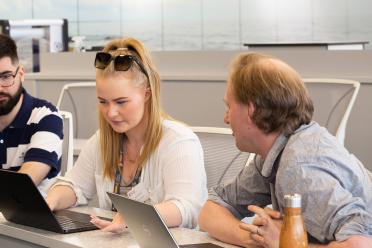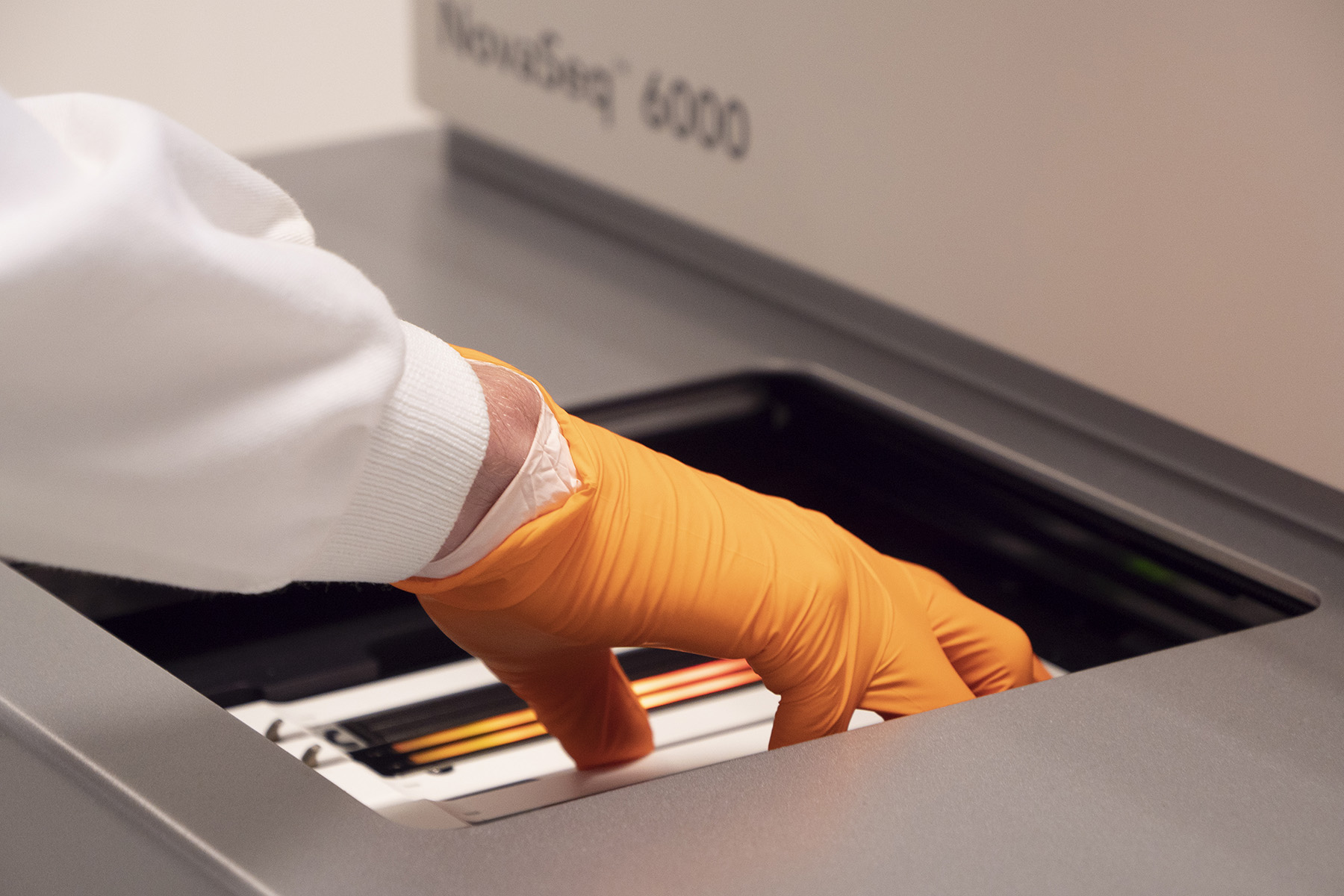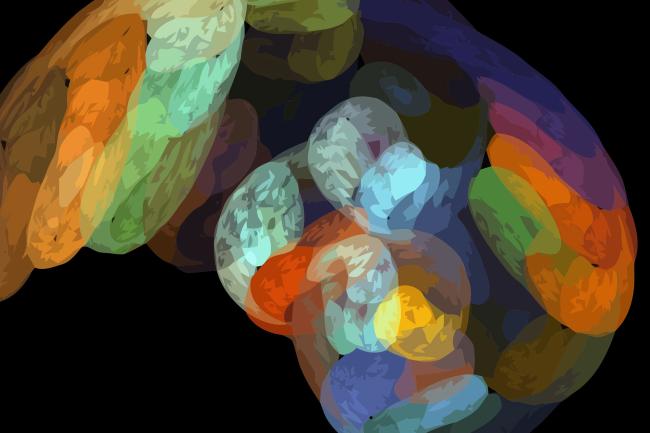Earlham Institute collaborated with genetic therapy company ISOgenix in support of their mission to transform the lives of patients with serious diseases through isoform-based therapies.
Examining the potential of isoforms in medicine

The challenge
Protein isoforms are alternative versions of the same protein, generated from a single gene through alternative splicing events.
These variations can lead to distinct functions, often tailored to specific tissues or cell types, making isoforms important targets for drug development.
Oxford-based start-up ISOgenix is developing precision medicines that target protein isoforms with the goal of identifying new drug targets for genetic diseases.
Isogenix is using long-read sequencing to identify protein isoforms, as traditional short read methods often miss or misassemble the full length transcripts that give rise to these isoforms.
To do this, they needed to adapt existing PacBio Kinnex technology and workflows for human tissue samples.

It was a productive collaboration, and being able to work through the workflow challenges together was especially valuable for us as a startup.

Dr Catheryn Lim, co-founder and Head of Research of ISOgenix
Our role
ISOgenix worked with Earlham Institute via Earlham Enterprises Ltd (EEL) - the trading arm that translates the cutting-edge research and infrastructure at Earlham Institute into solutions to industrial challenges.
“Working with the Earlham Institute on single-cell long-read sequencing has been a constructive experience that helped us address challenges in adopting the new technology,” said Dr Catheryn Lim, co-founder and Head of Research of ISOgenix.
Postdoctoral Research Scientist Dr Anita Scoones, and Research Group Leader Dr Iain Macaulay shared their expertise in long-read RNA sequencing and technology development, particularly with PacBio platforms.
“Anita and Iain were both very on top of the work and in regular contact,” says Dr Lim. “It was a productive collaboration, and being able to work through the workflow challenges together was especially valuable for us as a startup.” added Dr Lim.
The research also benefitted from expertise within our Technical Genomics team and Core Bioinformatics team team with sequencing and data analysis.
The Institute initially conducted a proof-of-principle study using Isogenix's human tissue samples to test compatibility and fine-tune protocols.
Working closely with ISOgenix, scientists at Earlham Institute prepared Kinnex libraries for the company, optimised protocols for the PacBio Kinnex, and advised on sample preparation and long-read single-cell transcriptome sequencing using the MAS-Seq method on PacBio Revio.
“As a postdoctoral researcher at Earlham Institute, my work involves optimising long-read single-cell RNA sequencing methods to study alternative splicing and isoform diversity,” said Dr Anita Scoones.
“This is a focus that aligns closely with Isogenix’s mission to target disease-relevant protein isoforms.”

This project emphasises effective knowledge exchange. It combined academic expertise in sequencing and analysis with industry-driven disease focus. It also demonstrates the Institute’s role as a trusted technical partner in the fast-evolving landscape of personalised medicine.

Dr Anita Scoones, Postdoctoral Researcher, Earlham Institute
This collaboration applied Earlham Institute’s expertise in single-cell / single-nuclei and long-read sequencing to support the study of isoform diversity. The work provided insights at isoform resolution, which may help inform ISOgenix’s mission to identify therapeutic targets for therapy development.
The Institute was able to validate and refine protocols for future long-read single-cell transcriptomics. Researchers at the Institute were given valuable exposure to the priorities of early-stage biotech.
“The collaboration benefitted from Isogenix’s clear biological vision, strong translational focus, and appreciation for high-resolution long-read transcriptomics,” says Dr Scoones.
“It helped us [Earlham Institute] to use the methods we develop in our research programmes and apply them to solve Isogenix’s specific challenges. In return, we were able to use the Institute’s specialised methods to directly support therapeutic discovery.
“This project emphasises effective knowledge exchange. It combined academic expertise in sequencing and analysis with industry-driven disease focus. It also demonstrates the Institute’s role as a trusted technical partner in the fast-evolving landscape of personalised medicine.”
The impact
This collaboration applied Earlham Institute’s expertise in single-cell / single-nuclei and long-read sequencing to support the study of isoform diversity. The work provided insights at isoform resolution, which may help inform ISOgenix’s mission to identify therapeutic targets for therapy development.
The Institute was able to validate and refine protocols for future long-read single-cell transcriptomics. Staff were given valuable exposure to the priorities of early-stage biotech.
“The collaboration benefitted from Isogenix’s clear biological vision, strong translational focus, and appreciation for high-resolution long-read transcriptomics,” says Dr Scoones.
“It helped us to use the methods we develop in our research programmes and apply them to solve Isogenix’s specific challenges. In return, we were able to use the Institute’s specialised methods to directly support therapeutic discovery.
“This project emphasises effective knowledge exchange. It combined academic expertise in sequencing and analysis with industry-driven disease focus. It also demonstrates the Institute’s role as a trusted technical partner in the fast-evolving landscape of personalised medicine.”





